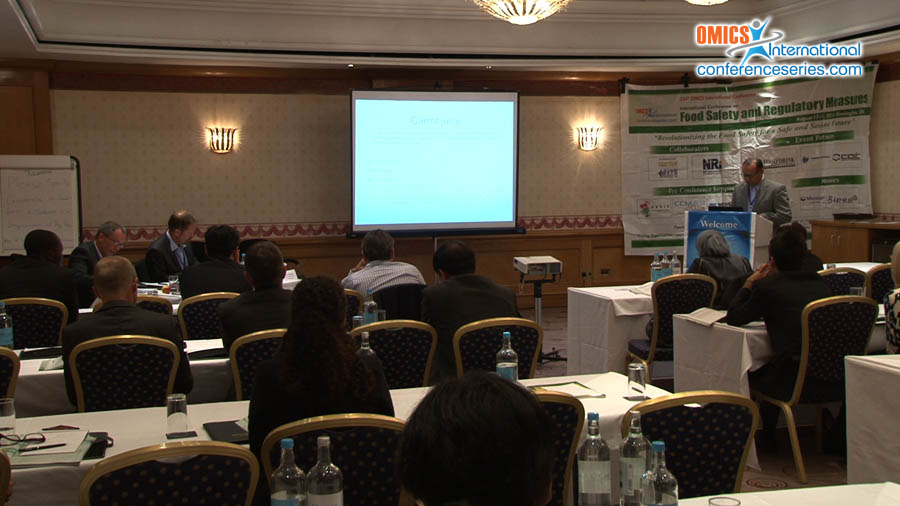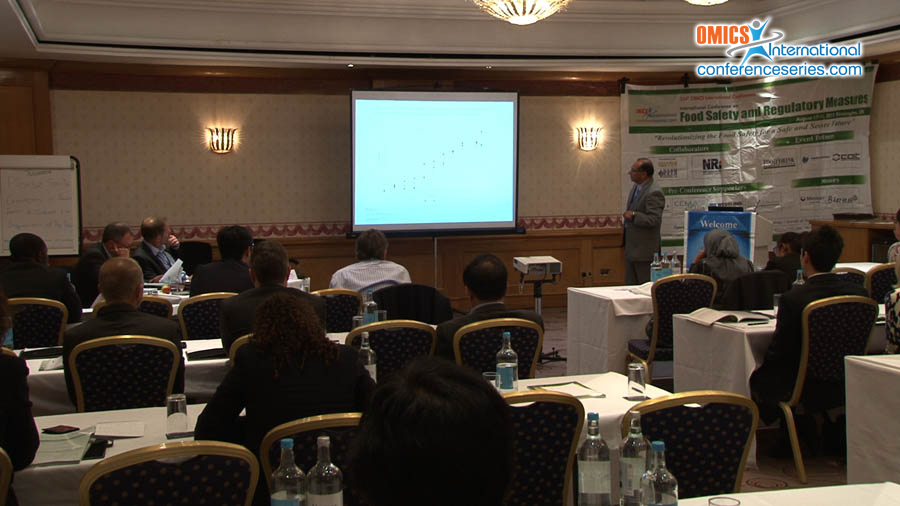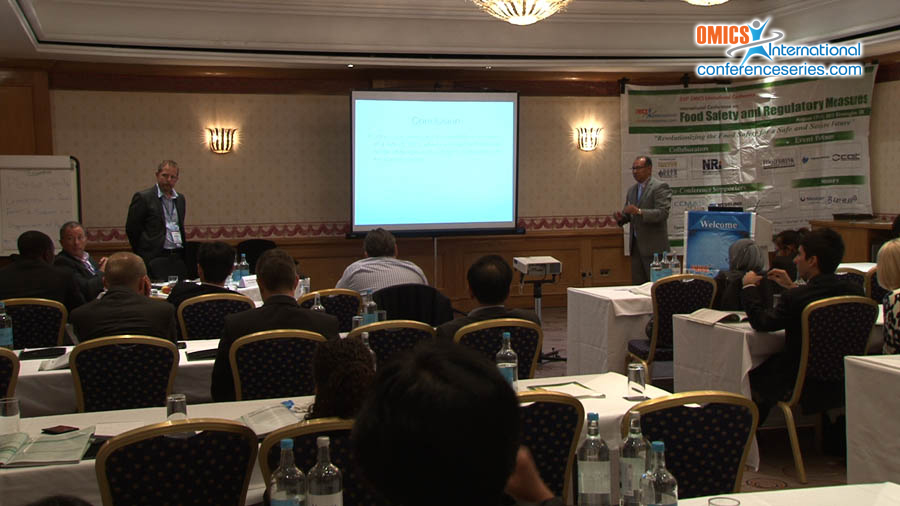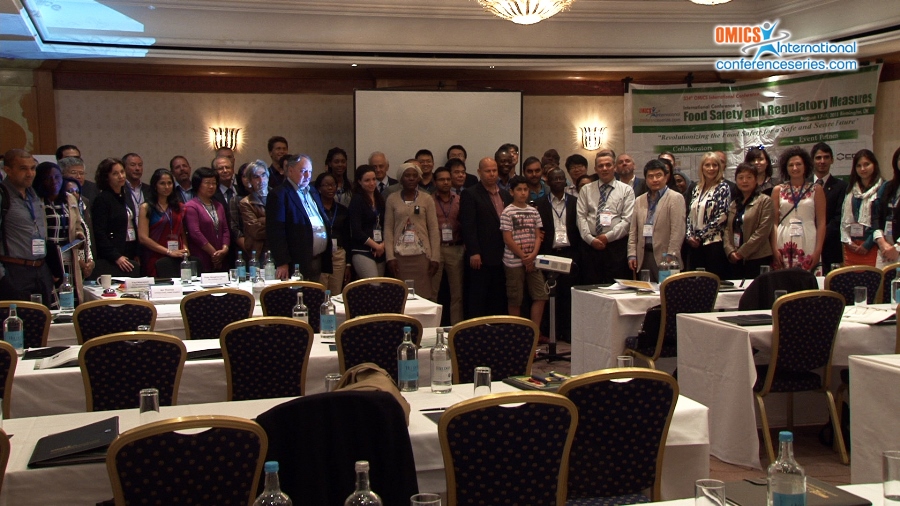
Hector Eduardo MartÃnez-Flores
University Michoacana of Saint Nicolas Hidalgo
Mexico
Title: The use of ultrasound as an emerging technology to preserve fresh juice
Biography
Biography: Hector Eduardo MartÃnez-Flores
Abstract
Vegetable and fruit juices are universally accepted, due to their taste and fresh aspect – added to which, they are a source both of nutrients and bioactive compounds. However, the shelf life of fresh juices is short owing to the high moisture and fermentable solids content. Some products, such as carrot juice, demonstrate limited acidity. These factors contribute to microbial growth, in which case, thermal treatment is usually applied to food as a control method. Nevertheless, said treatment can reduce nutrients and affect sensory attributes. Ultrasound is a recent technology, which could be efficient in the control microbial damage and the increase of food shelf-life. Low frequency, high-intensity ultrasound waves are highly efficient in preserving foods. Said waves are associated with cavitation phenomena – explaining generation and evolution of microbubbles in a liquid medium. The result being the continued formation of microbubbles, the size of which increases a thousand-fold during alternative pressure-cycles, and reach a critical imploding size. Implosion involves the release of all the accumulated energy provoking focal increase in temperature, in turn, dissipates causing physical and chemical changes in microbial cells. Ultrasound combined with heat or pressure enhances the disruption of those cells resulting in the inactivation and/or killing of microbial cells. Ultrasound has been tested in the preservation of fruit and vegetable juices, such as: carrot, grape, cranberry, apple, pineapple, orange, watermelon and strawberry. In conclusion, ultrasound is proving to be a promising new technology with reference to its use in the preservation of fruit and vegetable juice.
Speaker Presentations
Speaker PDFs
Speaker PPTs Click Here






